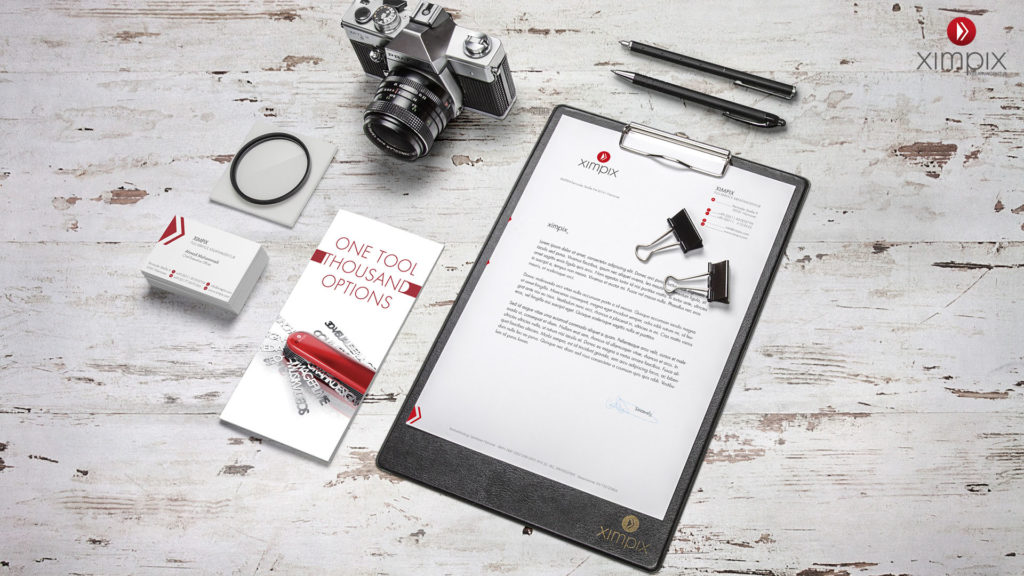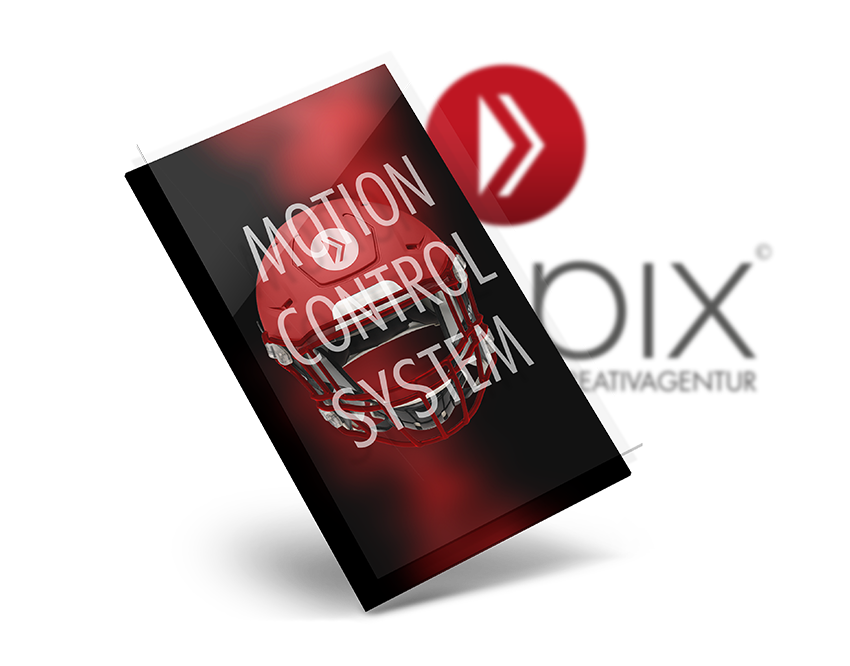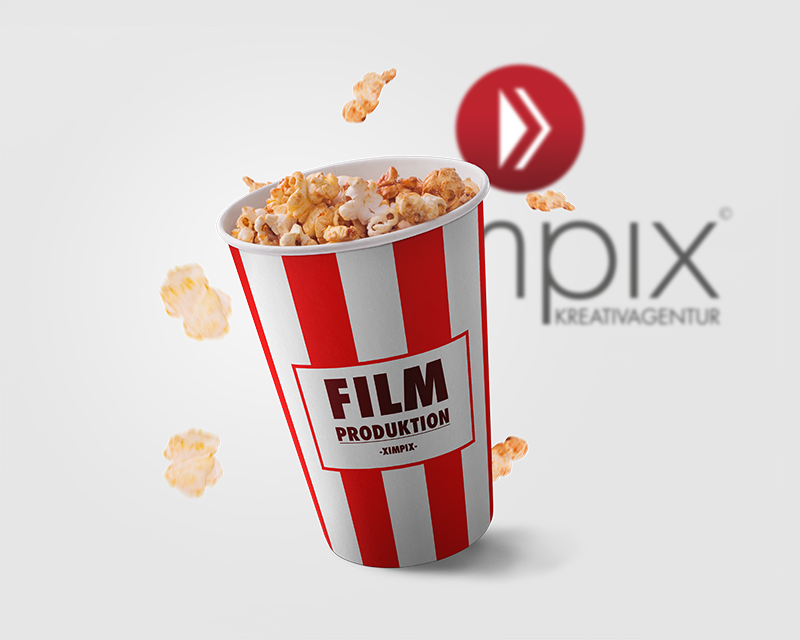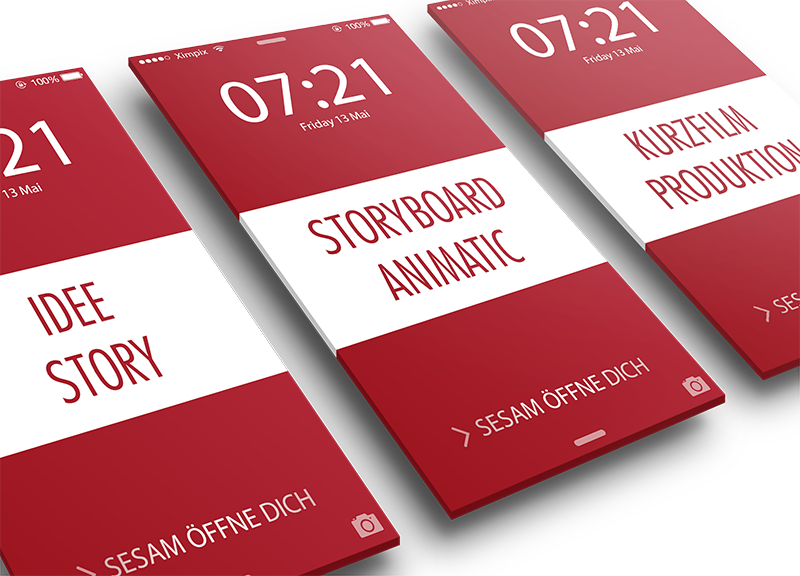Post-production and compositing
In post-production, these can then be subsequently cut into a compositing to produce certain effects. The compositing refers to the composition of the individual film recordings, which represents a partial discipline of post-production. This includes, among other things, all activities dealing with the reworking of films and videos. By means of motion control, scaling of camera movements or drives of the actors and models can be combined.
For the first time, this technique was used in the film Star Wars on a larger scale, and in this way it represented a turning point for the use of visual effects. Since then, the motion control technique has evolved into a standard process that is used in multi-faceted films.
More about our post-production




 Deutsch
Deutsch




